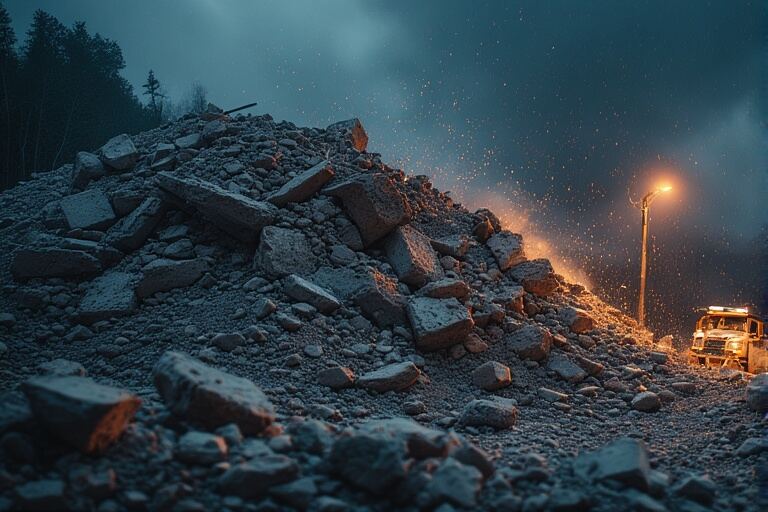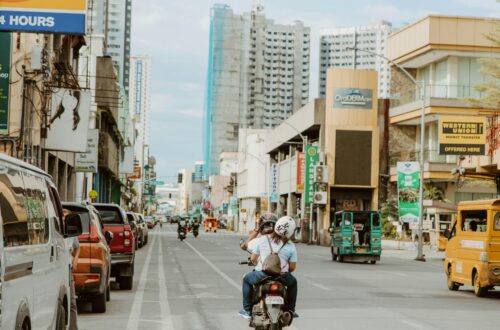The Weather Outlook: Transition, but Never a Quiet Day
As October rolls on, many parts of the Philippines begin to see the rainy season fade. Showers and thunderstorms are less constant, though local downpours remain likely especially in mountainous or windward areas.
But the skies haven’t completely given up. A few reminders:
Typhoon Matmo (Paolo) recently brought strong winds, flooding, and landslides affecting northern Luzon and adjacent areas.
Earlier in September, Super Typhoon Ragasa (locally “Nando”) made landfall in northern Luzon, causing extensive flooding, displacement, and damage.
Right after Ragasa, Tropical Storm Bualoi (Opong) struck central parts of the country, displacing many and exacerbating flood and landslide risk.
As of October 14, a Low-Pressure Area (LPA 10e) is being monitored just outside the Philippine Area of Responsibility. It might approach, so vigilance is needed.
So, though conditions are milder than during peak rainy months, surprises still lurk—storms can still develop, especially in transition periods.
Earthquakes & Recent Seismic Activity
Because we reside on the Pacific “Ring of Fire,” quake activity is never far from mind.
On October 10, 2025, a major magnitude 7.4 earthquake struck off the coast of Davao Oriental (eastern Mindanao).
Later the same day, a second quake of magnitude ~6.8 hit in the same general area. These are considered a doublet quake two powerful quakes along roughly the same fault zone.
A tsunami warning was briefly issued for coastal zones near the epicenter, then later lifted after only minimal sea level changes were recorded.
Just days earlier, on September 30, a magnitude 6.9 earthquake struck near Cebu, causing heavy damage, loss of life, and many aftershocks.
The Cebu quake is considered among the deadliest in recent years, with over 1,200 injured and many buildings destroyed.
So we’re living in a time when both sky and ground are restless.
How Best to Deal (with Rainy Skies + Shaking Earth) with a Wink
Weather app + quake alert app = your dynamic duo
One warns, “Storm approaching.” The other chimes in, “Earth just rumbled.” When both go off at once, take it as “Nature’s double alert.”
Embrace your inner ninja — wear good shoes
Slippery when wet, shaky when trembling. You need traction. Leave the flip-flops for calm days (if those ever return).
Master “duck, cover, hold”
Whether the wind’s trying to lift your roof or the ground’s testing your balance, crouch down, cover your head and neck, and hold on tight.
Pick safe zones smartly
During a quake: stay away from windows, heavy shelves, or loose ceilings.
During flooding or storm surges: move to higher ground preferably one that’s not already shaking.
Calm (ish) is better than chaos
Your heart might be racing, but take a deep breath. Pause, look around, and think before you act. Panic rarely helps; a calm mind does.
Observe your pets
If your dog suddenly dashes under the table or your cat bolts for cover before you feel a tremor, trust them. They’re the unofficial early warning system.
Laugh at the absurdity (just a little)
Picture this: you’re holding an umbrella in one hand and your emergency kit in the other when the floor starts to shake. Cue dramatic soundtrack. Smile, steady yourself, and carry on because in the Philippines, surviving nature’s surprises sometimes means meeting chaos with courage… and a grin.




